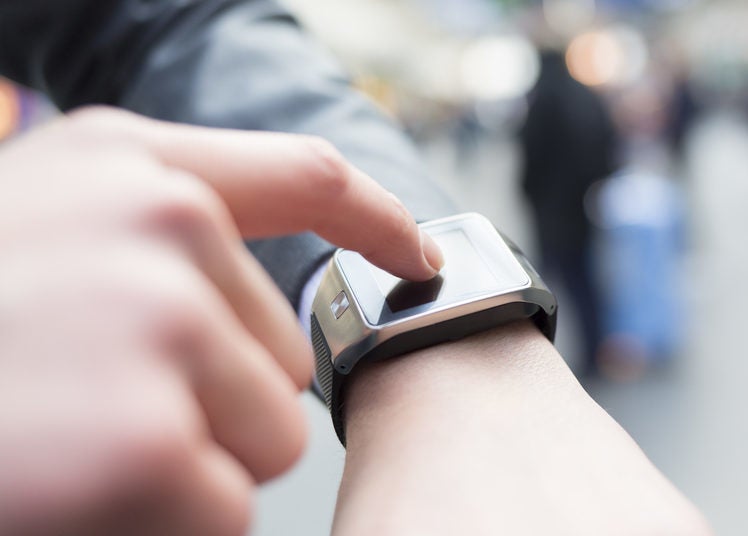
A team of researchers have developed a way to generate electricity using heat from the human body, which could prove useful in the wearables market.
The Electronics and Telecommunications Research Institute (ETRI) have developed a thermoelectric module that can convert heat energy into electricity.
A patch-like structure, known as a biomimetic heat sink, is fitted underneath the device. This creates a temperature difference between the skin and the device, which increases the output of the thermoelectric module by 500%.
The device also contains power management integrated circuit technology, which keeps the device’s efficiency above 80% even when operating at low voltages. The team successfully produced an out 35 microwatts of power per square centimetres, 1.5% higher than the output previously achieved by researchers in the United States.
Tests involving six of these devices modularised showed that the module could generate levels of between two to three milliwatts consistently. The researchers were able to successfully power a LED display board using the device.
However, it is hoped that the thermoelectric module could find use in the wearables market. By placing the module between a wearable and the skin, the device could potentially achieve continuous operation without the need for charging.
How well do you really know your competitors?
Access the most comprehensive Company Profiles on the market, powered by GlobalData. Save hours of research. Gain competitive edge.

Thank you!
Your download email will arrive shortly
Not ready to buy yet? Download a free sample
We are confident about the unique quality of our Company Profiles. However, we want you to make the most beneficial decision for your business, so we offer a free sample that you can download by submitting the below form
By GlobalDataFurther tests are currently underway to fit the power management circuit in one chip, in the hopes of improving comfort. ETRI believes that the technology should be ready for commercial applications in two to three years.
Are consumers still interested in wearable technology?
While the smartwatch never took off as the technology market might have hoped, there has been some improvement in the wearables market in recent years fuelled by the popularity of fitness trackers and luxury devices like the Apple Watch.
According to Futuresource Consulting, the total number of units shipped in the wearable technology market surpassed 100 million for the first time in 2018, having climbed 10% from the previous year. Likewise, the average selling price also increased in the same period.
However, while Futuresource does expect the market to continue growing until 2022, it predicts that sales growth will begin to dip from 2020.
With battery life often cited as one of the biggest problems holding back wearable technology, offering devices that charge through skin heat could help to overcome the issue and provide a further boost to sales in the wearable technology market.






